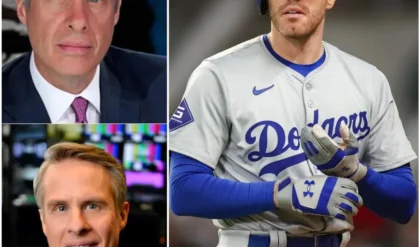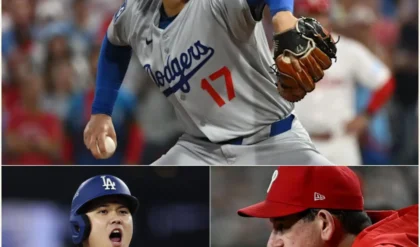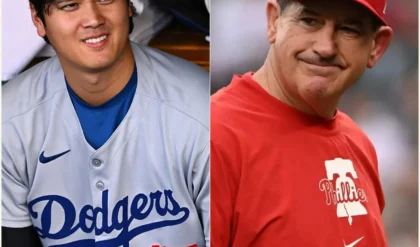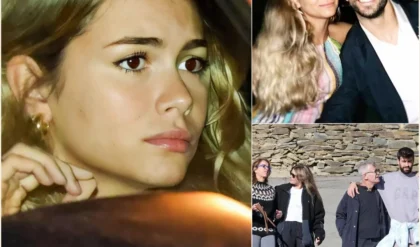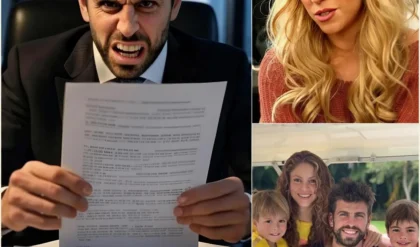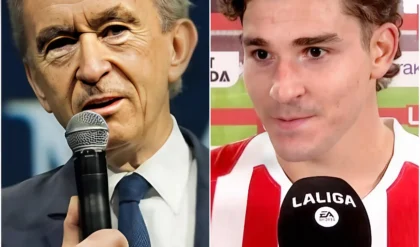In the relentless grind of a pennant race, baseball has a cruel way of reminding even its most dominant teams that no lead is truly safe. For the Los Angeles Dodgers, who have clinched their 13th straight postseason berth amid a flurry of injuries and improbable comebacks, the latest blow landed like a foul tip straight to the gut: star catcher Will Smith, their steady-handed anchor behind the plate, is sidelined for the remainder of the regular season with a hairline fracture in his right hand. The diagnosis, revealed just days ago after a second round of imaging, has cast a shadow over Dodger Stadium, turning what should be a triumphant sprint to October into a tense waiting game.
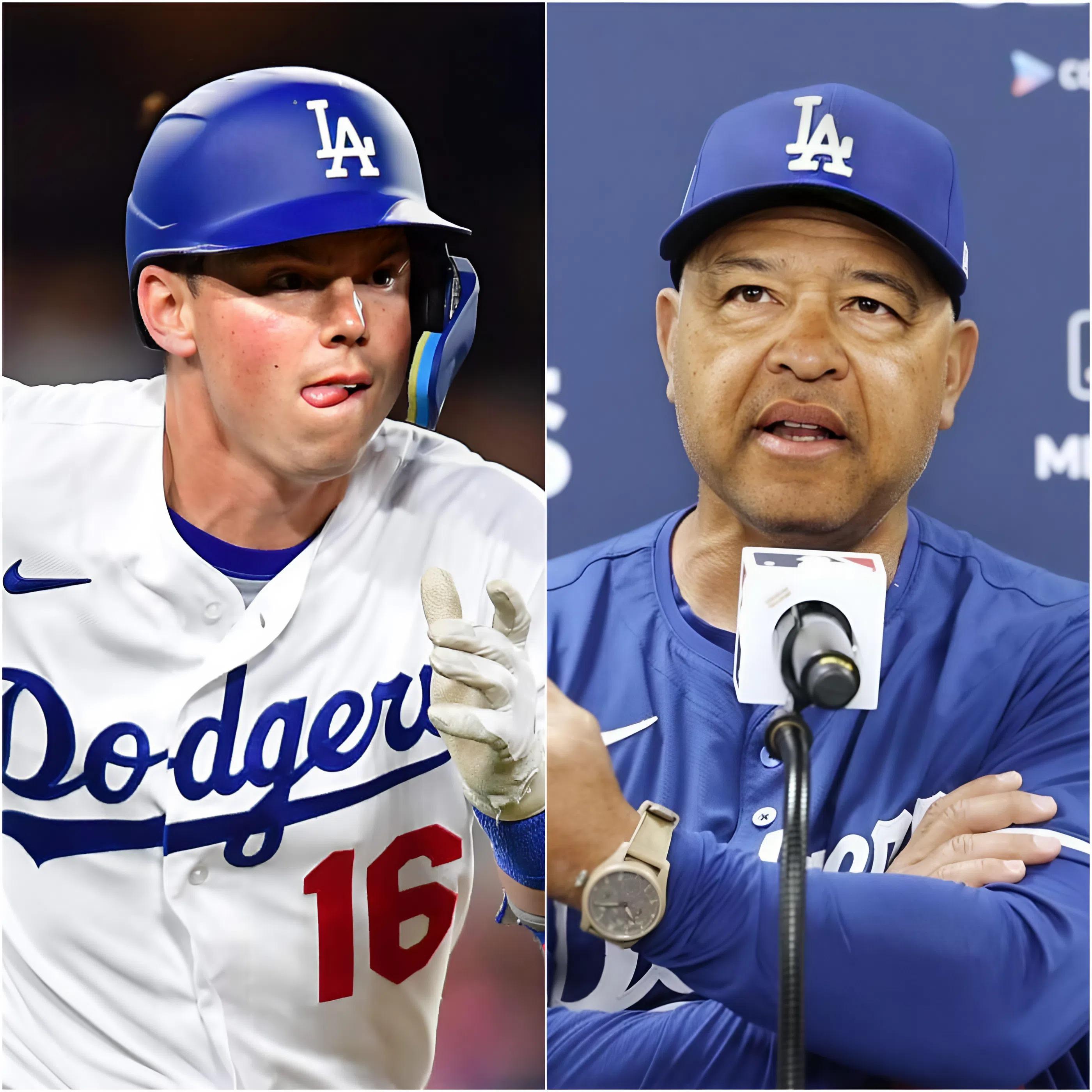
It started innocently enough on September 3 in Pittsburgh, where Smith, the 30-year-old two-time All-Star, took a sharp foul ball off the top of his throwing hand during a Pirates at-bat. He winced, shook it off, and left the game, but initial X-rays and an MRI came back clean—no breaks, just a pesky bone bruise, the team thought. Optimism reigned; Smith even returned for one start six days later, catching Yoshinobu Yamamoto in a gritty outing that showcased his resilience. But the pain lingered like an unwelcome guest, swelling and stiffness refusing to fade. By last weekend, with the Dodgers facing a catcher crunch—rookie Dalton Rushing sidelined by a shin contusion—the front office pulled the trigger, placing Smith on the 10-day injured list retroactive to September 10.
What followed was a plot twist worthy of a late-night thriller. A follow-up MRI this week uncovered the culprit: a small hairline fracture, so minuscule it evaded the first scans but now explained every grimace and guarded swing. “It’s so small and in such a small part of the hand that it didn’t show up initially, but that’s common,” said Dodgers president of baseball operations Andrew Friedman, his voice steady but laced with the quiet frustration of a man who’s seen too many “what ifs” this season. Typical recovery for such an injury hovers between six and eight weeks, a timeline that slams the door on Smith’s regular-season return but cracks it open just enough for playoff hopes. Manager Dave Roberts, ever the diplomat, didn’t sugarcoat it: Smith’s status for the Wild Card series is “up in the air,” a phrase that’s equal parts medical jargon and gut punch.
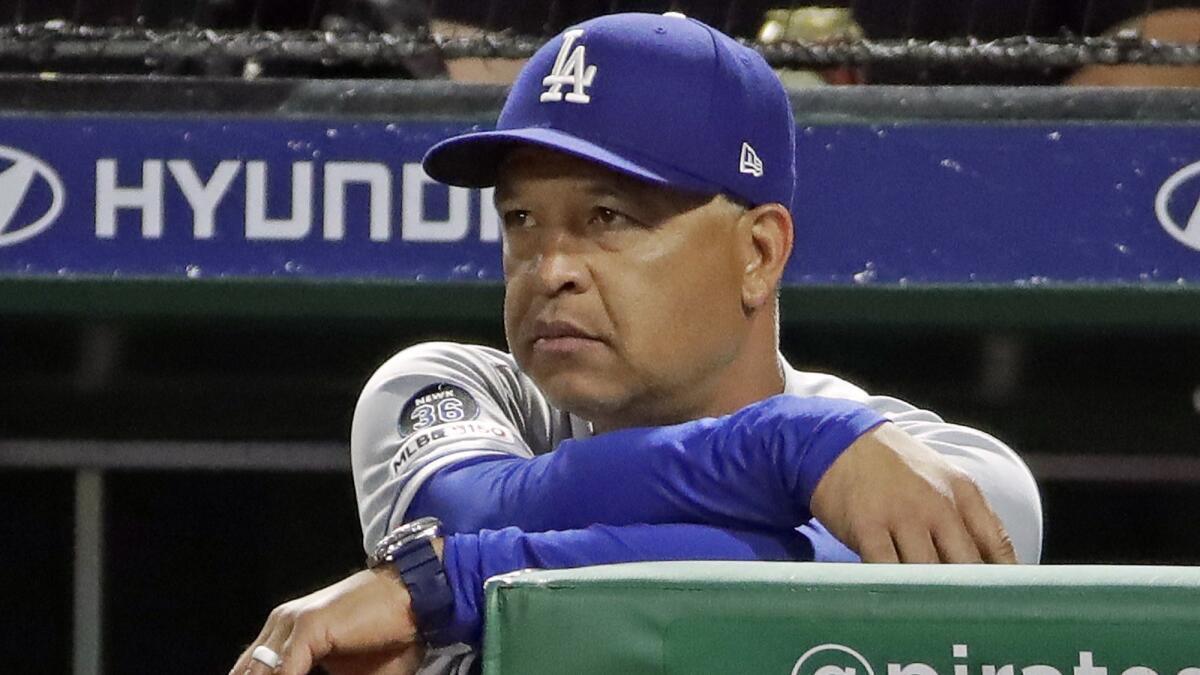
Roberts’ words to Smith carried the weight of a clubhouse elder consoling a battle-tested warrior. “He’s an important player, but luck hasn’t been on his side,” the skipper said, his tone softening as he trailed off: “Like everyone, there will be tough times…” It’s a sentiment that echoes through the Dodgers’ 2025 saga, a year marked by 28 players hitting the IL, from Gavin Stone’s season-ending shoulder surgery in spring training to reliever Evan Phillips’ Tommy John heartbreak in June. Smith, who entered the injury slump slashing .296 with 17 homers, 61 RBIs, and a .901 OPS in 110 games, had been the picture of consistency—a left-handed bat who could frame a slider like a Rembrandt and call games with the poise of a veteran twice his age. His August dip to .159 felt like an anomaly, not a harbinger. Now, with just a week left before the October curtain rises, his absence forces a reshuffle that tests the depth of a roster already leaning on miracles.
Enter Ben Rortvedt, the journeyman backstop acquired from the Tampa Bay Rays at the trade deadline in a move that now looks prescient. The 27-year-old has wasted no time making his mark, batting .294 with a .368 on-base percentage in 13 games for L.A., including two doubles and three RBIs. More crucially, he’s been a rock for the pitchers, presiding over a staff that posts a crisp 2.74 ERA when he’s behind the plate. In his Dodgers debut, Rortvedt caught Yamamoto’s near-no-hitter, earning raves for his steady glove work and unflappable demeanor. “He’s got that quiet confidence,” Roberts noted, signaling that Rortvedt will claim the lion’s share of starts down the stretch, with Rushing—fresh off his own IL stint—rotating in for spot duty alongside utility man Chuckie Robinson.
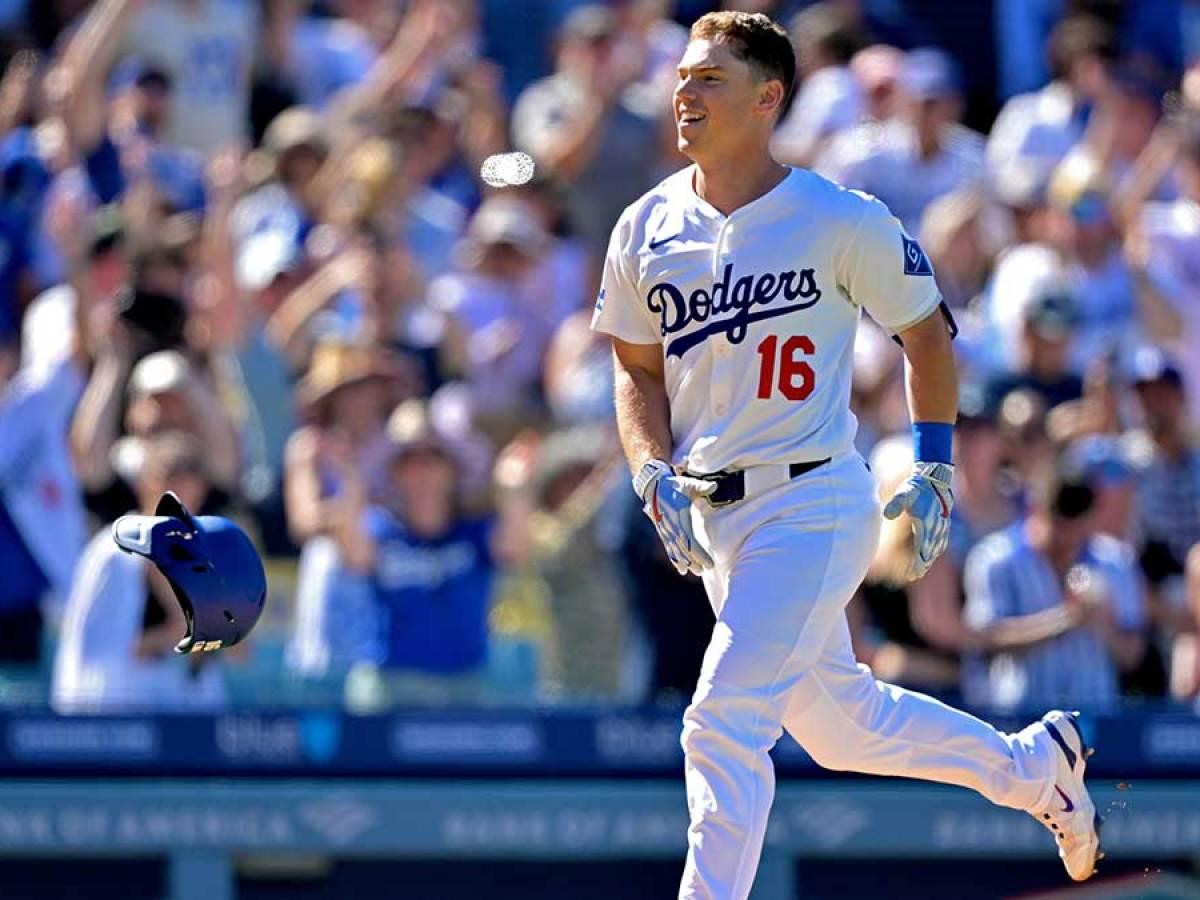
For a team that’s weathered storms from Clayton Kershaw’s emotional farewell start to Brusdar Graterol’s stalled shoulder rehab, this fracture feels like one fracture too many. Yet the Dodgers, with their star-studded lineup and unflinching resolve, have won nine of their last 12, including a gritty 7-5 series-clincher over the Giants on the very night the news broke. Tyler Glasnow has been lights-out, Shohei Ohtani’s two-way wizardry keeps defenses guessing, and Mookie Betts’ return from his own ailments has injected fresh fire. “It’s baseball. It’s what happens,” Friedman shrugged, channeling the stoic ethos that defines this franchise. “No one’s going to feel sorry for us. We’ve got to hold down the fort until he’s back.”
As the calendar flips toward playoff fever, Dodger fans cling to Roberts’ flicker of hope: the team remains “hopeful” Smith could glove up for October, perhaps easing in with one-handed swings if the stars align. In a sport where momentum is king and depth is dynasty, his potential return could be the X-factor that propels L.A. back to the World Series mountaintop they scaled just last fall. For now, though, it’s Rortvedt’s show, and the blue wave rolls on—bruised but unbroken, a testament to the gritty poetry of the game. In tough times, as Roberts reminds us, the Dodgers find a way. And if history is any guide, they’ll do it again.
